One-stop Bending Solutions For Wires, Tubes And Pipes
One-stop Bending Solutions For Wires, Tubes And Pipes
Semi-automatic pipe bending machine is a pipe processing equipment that combines manual operation and mechanical automation, and is widely used in multiple industrial fields.
Operational characteristics and technical advantages of semi-automatic pipe bending machine
1. Flexible manual intervention
It is necessary to manually position the pipe and change the mold, and control the clamping → bending → loosening process through the foot switch, which is suitable for small-batch production of multiple varieties. The positioning accuracy depends on the support, but the parallelism control is weaker than that of fully automatic equipment.
2. Strong adaptability
It can handle metal pipes with an outer diameter of ≤89mm (such as 60mm thick-walled round pipes, 25mm angle irons), and supports 180° large-angle bending.
The hydraulic system provides high torque and cooperates with anti-wrinkle molds to avoid pipe deformation.
3. High cost-effectiveness
The equipment is affordable, can be operated by one person, and is simple to maintain (such as regular lubrication and hydraulic oil replacement), suitable for small and medium-sized enterprises.
Semi-automatic pipe bending machines are widely used in the fields of automotive parts (exhaust pipes, frames), building profiles (handrails, angle steels), energy pipelines (high-pressure pipes, cooling pipes), etc. due to their flexible adaptability to multiple varieties and small batches.
 |
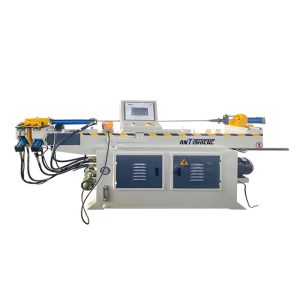 |
Application and features of semi-automatic pipe bending machine:
1. Automobile manufacturing industry
Used for processing automobile oil pipelines, exhaust pipes, frame structural parts and fitness equipment accessories, and meeting the needs of complex pipeline layout through precise bending.
Ⅰ. Oil pipeline and exhaust pipe processing
Operation process: The worker manually positions the steel pipe to the mold, triggers the clamping → bending → loosening process through the foot switch, and completes the 90° right-angle bend; secondary positioning is required when processing the exhaust pipe, and the length and parallelism of the straight line segment between the two bending points are controlled by a self-made backing.
Technical limitations: Manual positioning leads to a dimensional accuracy error of about ±0.5mm, which is weaker than fully automatic equipment, but it can meet the needs of non-precision pipelines (such as exhaust tail sections).
Ⅱ. Frame structural parts and seat frames
Applicable to thick-walled round tubes with a diameter of ≤60mm (wall thickness 3mm), the hydraulic system provides high torque, and cooperates with anti-wrinkle molds to ensure that there is no wrinkle on the inner and outer walls of the bending part.
Multi-program settings support continuous bending, such as the arc frame of the car seat can be clamped in one time to complete multi-angle forming.
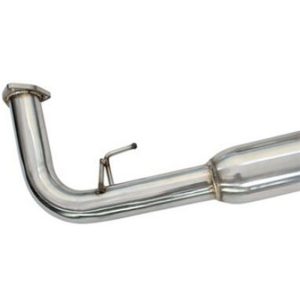 |
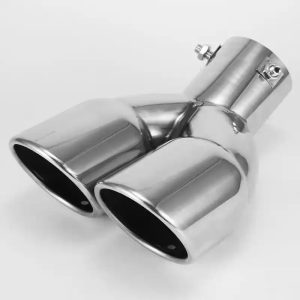 |
2. Furniture and construction industry
Applicable to the bending of special-shaped materials such as air-conditioning copper tubes, building steel structures (such as bridge angle steels), stainless steel handrails, etc., supporting customized angles (such as 90° right angles or arcs)
Ⅰ. Air-conditioning copper tube bending
The semi-automatic tube bending machine processes copper tubes with an outer diameter of less than 25mm, sets the 0°–180° bending parameters through the angler, and manually assists in feeding to avoid flattening of thin-walled tubes .
Case : Small radius bending (R=2D) of the indoor unit connecting pipe of a household air conditioner, the bending speed needs to be controlled to prevent the copper tube from breaking 45.
Ⅱ. Stainless steel handrails and special-shaped material processing
Decorative bending of 25×25mm angle irons or elliptical tubes, such as arc-shaped railings in shopping malls; by replacing the mold to be compatible with profiles of different cross-sections, the single bending angle can reach 180° .
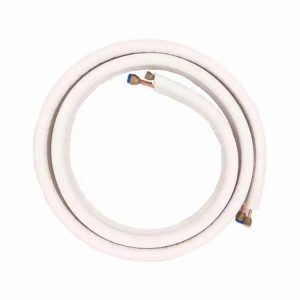 |
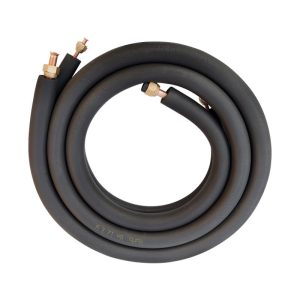 |
3. Energy and industrial equipment
In petrochemical, power, and natural gas pipeline systems, various types of metal pipes (such as steel pipes and copper pipes) can be bent to meet the sealing requirements of high-pressure environments
Ⅰ. High-pressure pipeline prefabrication
Bending 89mm carbon steel pipes in petrochemical projects must strictly follow industrial pipeline specifications: bending radius ≥ 3.5 times the pipe diameter, and ultrasonic testing of weld quality and pressure resistance test (≥ 1.5 times the design pressure) are required after bending.
Safety control : Check the hydraulic system pressure valve before operation, and heat treat the pipe according to the SHA grade pipeline standard to eliminate stress after bending.
Ⅱ. Power system pipelines
The generator cooling water pipe is bent using a semi-automatic hydraulic pipe bending machine, and the aluminum pipe is treated to prevent deformation. After bending, the angle tolerance (±0.3°) needs to be verified by a three-coordinate measuring instrument.
4. Aerospace and Shipbuilding
Processing high-precision conduits and lightweight aluminum tubes to ensure accurate bending radius and no wrinkles, suitable for aircraft hydraulic pipelines and ship accessories .
Ⅰ. Aircraft hydraulic pipelines
When processing titanium alloy conduits, a slow bending mode (≤5°/second) is used with a mandrel to prevent wrinkles. The bending radius accuracy requirement is ±0.1mm, and X-ray detection of internal wrinkles is required after bending.
Ⅱ. Lightweight processing of ship accessories
Marine guardrail bends use 6061 aluminum tubes. The mold arc radius (R=4D) is optimized to avoid material rebound, and the straightness error is manually assisted in calibration.
If you want to know more about the semi-automatic pipe bending machine, please contact us bender@antishicnc.com, and professional staff will answer your questions.
Previous articles:
How to choose a fully automatic pipe bending machine suitable for shipbuilding?
Application and advantages of pipe bending machines in furniture manufacturing
Our equipment has CE, ISO quality inspection certificate, so the quality is guaranteed to be cost-effective. According to different processing requirements, machines can be customized to fit for your usage, to provide customized services. In the processing period, we strictly control the production process, to ensure the quality of clearance, standardize the process, strict implementation.
